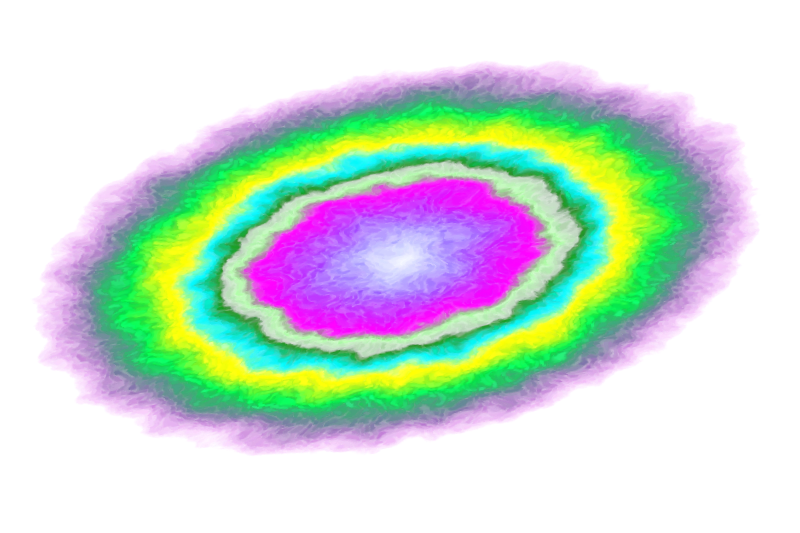
Modeling Supernova Remnant Emissions
- 1 minDuring the summers of 2012, 2013, and 2014, I interned for Dr. Glenn Allen at the MIT Kavli Institute for Astrophysics and Space Research. Using the C-based Interactive Spectral Interpretation System, we sought to identify the physical processes responsible for gamma ray emission from Cassiopeia A, a supernova remnant roughly 11,000 light-years (3.4 kpc) from the Milky Way. Radio, X-ray, and gamma ray emission data from the Chandra X-Ray Observatory were fit to three physical models (a synchrotron emission model, an inverse Compton scattering model, and neutral pion decay model). We began development of a nonthermal bremsstrahlung model based on prior work which suggested nonthermal bremsstrahlung and synchrotron radiation in the 10-32 keV energy band. In addition to model development and model fitting, I also produced graphics to visualize model fits to the three types of emissions data. See Dr. Allen’s publications for more details.
Below are three of the visualizations I produced during the project. These three graphics visualize the fits of a synchrotron emissions model, an inverse Compton scattering model, and a neutral pion decay model to radio, X-ray, and gamma ray emission data from the Chandra X-Ray Observatory.



Header image source: Soumyajit via KissPNG.com.
